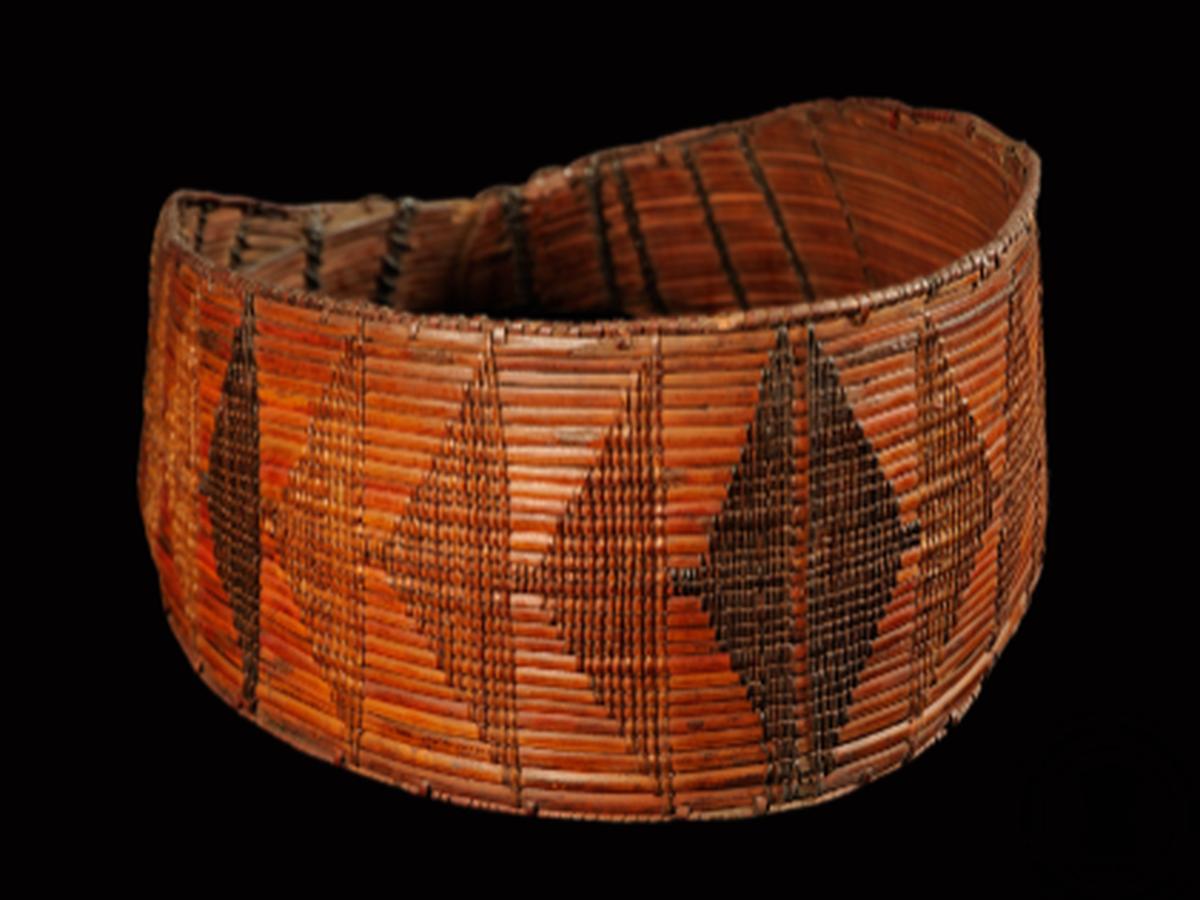State
Tribe Name
Art Type
short description
This limited edition cane headdress is an extraordinary art object coming from the Naga tribe of Nagaland, famous for their vibrant culture and warrior traditions, as well as for symbolic attire. This cane headdress is an excellent manifestation of traditional skills and the use of natural materials abundantly found in the hilly terrains of Northeast India.
Thumbnail

Filter Postion
Left
Filter Background
Off
Theme
Filter Header Image

content
Image

description
This limited edition cane headdress is an extraordinary art object coming from the Naga tribe of Nagaland, famous for their vibrant culture and warrior traditions, as well as for symbolic attire. This cane headdress is an excellent manifestation of traditional skills and the use of natural materials abundantly found in the hilly terrains of Northeast India.
The outer surface of the headdress is adorned with decorative geometric designs that have been deeply ingrained in the Naga visual symbolism. These patterns can represent tribal identity, rank, and achievements, often veering into themes of protection, unity, and ancestry. The geometry conveys a deep reflection of order and balance: this is central to the beliefs and aesthetics of the tribes. Most headgear, including these, enhance the feeling of pride in culture and identity for every Naga wearer; they are used in festivals, ceremonies, and traditional dances. It represents the Naga peoples' commitment to the preservation of culture, valor, and art.
The outer surface of the headdress is adorned with decorative geometric designs that have been deeply ingrained in the Naga visual symbolism. These patterns can represent tribal identity, rank, and achievements, often veering into themes of protection, unity, and ancestry. The geometry conveys a deep reflection of order and balance: this is central to the beliefs and aesthetics of the tribes. Most headgear, including these, enhance the feeling of pride in culture and identity for every Naga wearer; they are used in festivals, ceremonies, and traditional dances. It represents the Naga peoples' commitment to the preservation of culture, valor, and art.
Image Mode
landscape
promoted
On
Verified
Off
